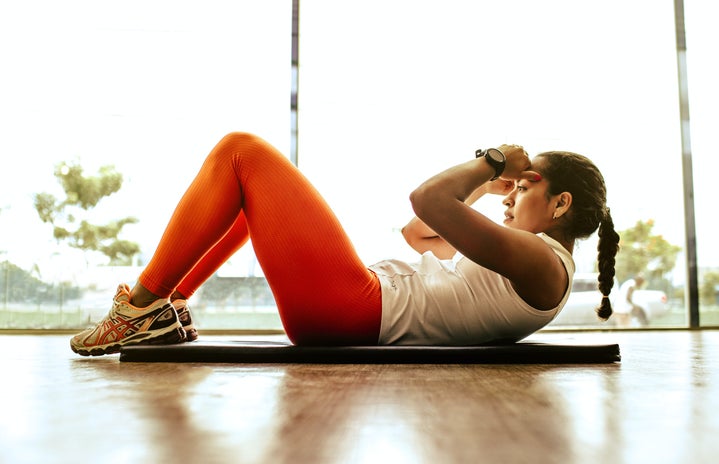Stress. It’s an everyday part of life. Unfortunately, it can also have detrimental effects on your brain and body. On one hand, it shrinks the hippocampus and enlarges the amygdala, inhibiting memory and over stimulating our emotional center. On the other, it makes you feel exhausted, drained, and cranky. So, what do we do? One super simple thing that you can try for as little as ten minutes a day is yoga, and a very specific type of yoga at that.
First, let’s jump right in with the hard science about how yoga will really change your life. Yoga, in general, has been proven to improve body image. The point of yoga is to gain an awareness of your body; not about how good you look gaining that awareness. Surveys showed that those who practiced yoga were more aware of their bodies than those who did not. They were also more satisfied with and less critical of their bodies. For these reasons, yoga has become an integral part in the treatment of eating disorders and programs that promote positive body image and self-esteem.
Researchers found that people who practiced yoga for at least 30 minutes once a week for at least four years, gained less weight during middle adulthood. People who were overweight actually lost weight. Overall, those who practiced yoga had lower body mass indexes (BMIs) compared with those who did not practice yoga. Researchers attributed this to mindfulness, such as mindful eating, which can lead to a more positive relationship with food.
While these are amazing benefits, yoga’s chief benefit in my mind is how it helps me reduce stress, and I think my fellow college kids can relate. In 2004, Karen Pilkington and her colleagues reviewed eight previous studies on the impact of yoga on anxiety. They found a marked improvement when using yoga as an anxiety treatment. Yoga also showed a positive impact on populations with obsessive-compulsive disorders.
In addition, there are specific benefits to bedtime yoga as well. 30 minutes of yoga is 30 minutes you are spending away from electronic devices that can disrupt your body’s production of melatonin, a hormone that helps regulate sleep. If you are stressed, restorative yoga helps clear your mind and help you find balance with your breath.
I know for me, vigorous practice before bed is counterproductive, the endorphins get going and I can never fall asleep, so I practice restorative yoga to help me sleep. However, your body and your practice are different, so experiment with what works for you. Restorative yoga is a very slow moving yoga that focuses on holding simple poses for long periods of time with the focus being on breathing. It’s essentially naptime for adults. Some benefits of restorative yoga include enhancing flexibility, balancing the nervous system, and enhancing mood states to name a few.
Yoga can be done with a mat, towel, or, in the case of the restorative yoga, even on your bed. It’s important to note that having a distinct place where you do yoga is essential, because it can become a sacred place of acceptance you cultivate. My yoga mat stopped being a mat along time ago, and has since become a place of radical acceptance and brutal self-honesty. There have been times where I have been so stressed and overworked, where my body has felt terrible and my heart has been hurt, and during that time, my yoga practice broke me down and had me crying in child’s pose for fifteen minutes. And you know what? That counts as yoga!
It’s important to keep in mind about yoga is that it’s a practice. Yoga is not a performance or a workout, and if you approach it like one, you aren’t going to reap the benefits. Yoga doesn’t have to be handstands and backbends. You don’t need to be able to touch your toes or have your heels flat on the ground in downward dog. I feel that yoga is really a philosophy; it’s an idea and an energy that permeates everything. Yoga, to me, is just the way the universe seeks balance. I do yoga, not just at my mat or on my bed, but when I think, when I talk, and even when I breathe. The benefit of physically getting my lazy butt up and practicing yoga is that the poses can be a conduit for that energy. There’s a reason we have warrior poses in yoga. It’s because the people who do yoga poses are fighters. They’re fighting against their own self-conceptions, against stress, and against negativity. They’re fighting to change themselves, which is arguably the most difficult thing to do.

